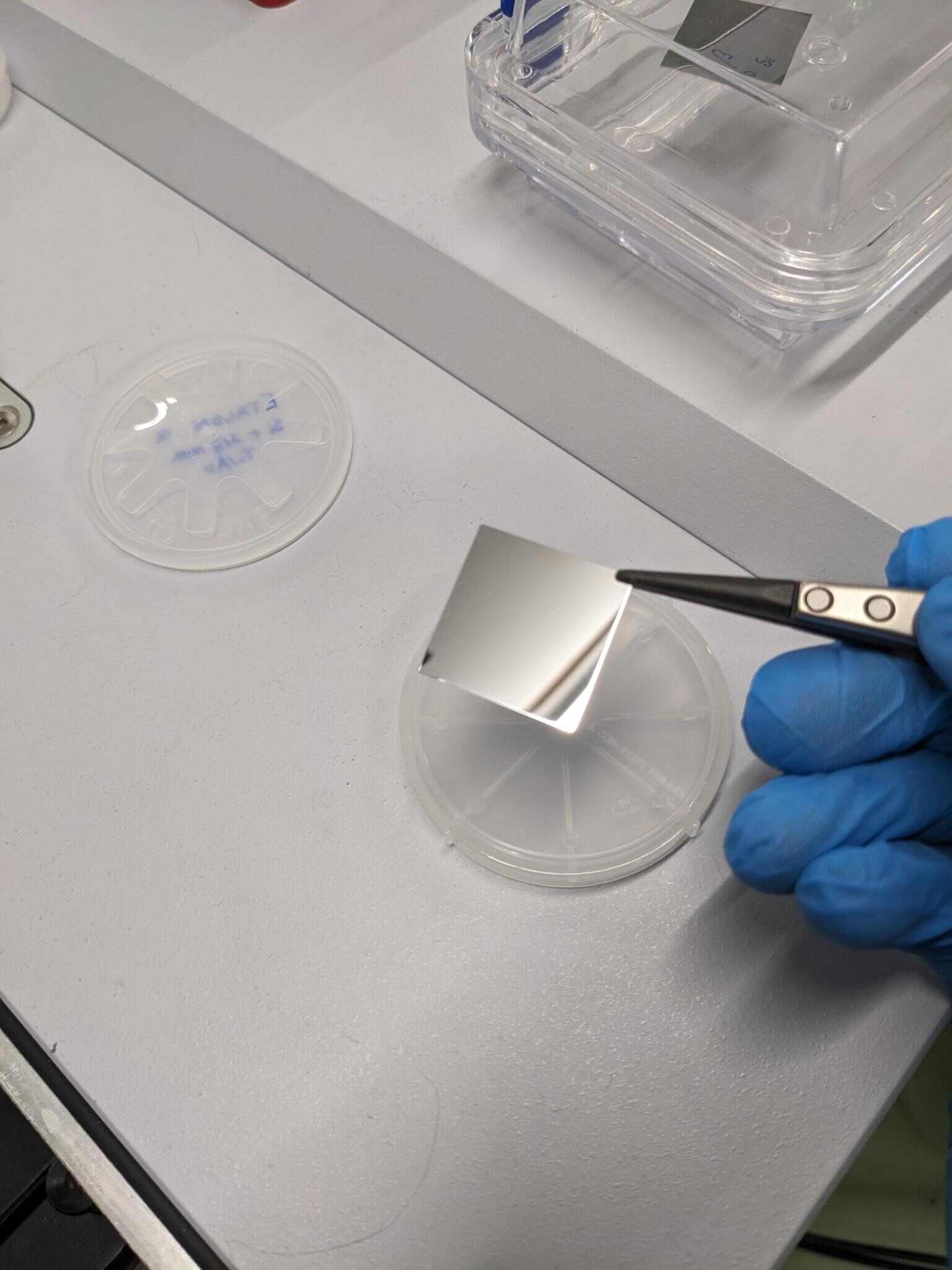Project information
- Title: Improving Coherent Control of Rydberg States in Silicon
- Category: Quantum Optics
- Location: PSI, Villigen, Switzerland
- Supervisors: Dr. Guy Matmon, Aidan McConnell
- Grade: 9.5/10
- The report can be shared upon request.
Abstract
Shallow impurity donors in silicon are appealing for quantum information applications because of their long spin coherence times and highly controllable orbital states. Coherently inducing transitions between electron levels and coupling several hydrogenic bound states have been realised in the past for low-energy Rydberg states, demonstrating their coherent control through Hahn echo measurements and Ramsey fringes. Moving towards higher Rydberg levels of phosphorus donors in silicon is beneficial for coherent control experiments such as Rabi oscillations. During this project, we prepared for the latter experiment which will take place at FELIX, an IR free electron laser. We verified the ability to use a bulk-doped sample (rather than delta-layered ones) by measuring its Rydberg absorption spectrum in an FTIR setup with electrically detected photo-thermal ionisation spectroscopy. To explore the behaviour of induced currents in bulk-doped samples, a model was constructed to simulate current profiles in the non-uniform FELIX beam—also used to design the sample’s layout for the actual experiment. However, using FELIX to address higher Rydberg states introduces significant intrinsic challenges, such as power broadening and the beam’s bandwidth overlapping with multiple transitions. To avoid unintentional detuning to other states, we designed and fabricated etalons suited for certain far-IR radiation. They offer flexible control and precise tuning of transmitted beam characteristics, but are currently inexistent to our knowledge and information about them is scarce. We developed and tested multiple etalons, demonstrating their facile control, working out a roadmap towards a high-finesse etalons for wavelengths above 15 µm.


